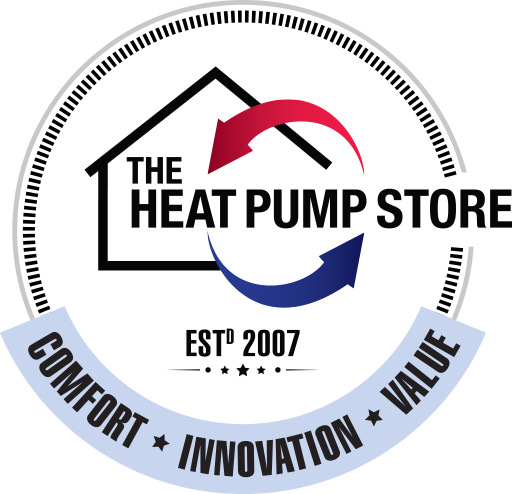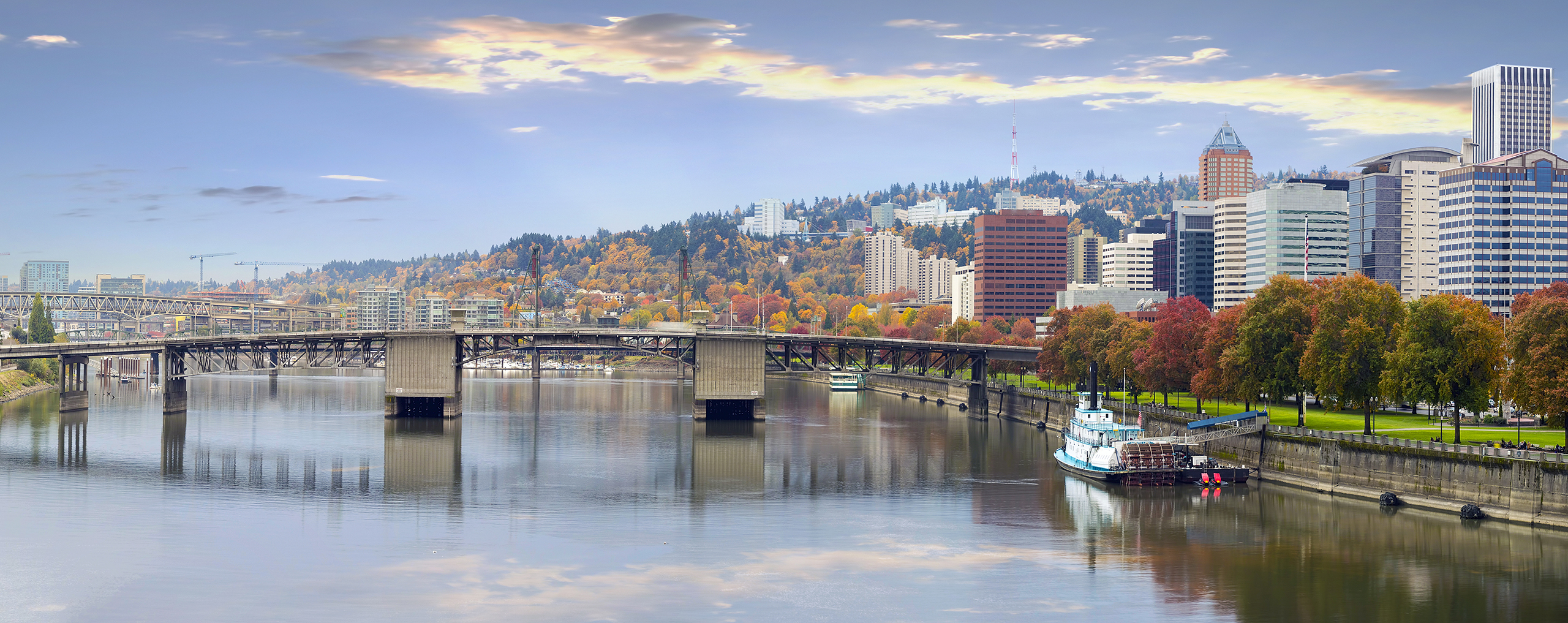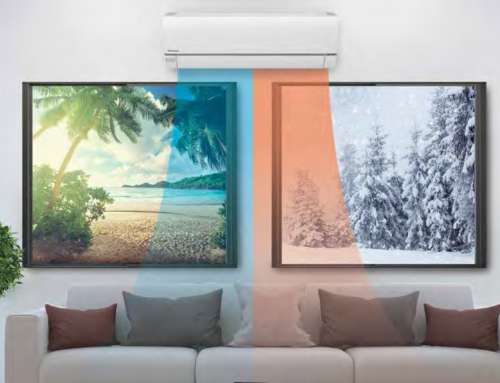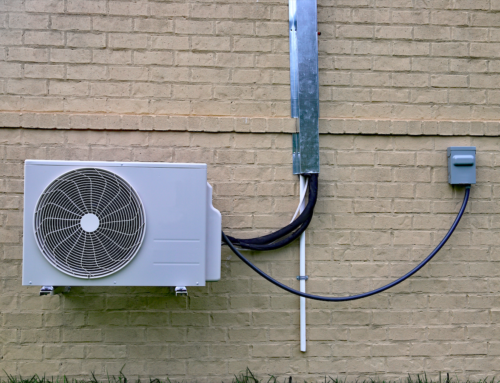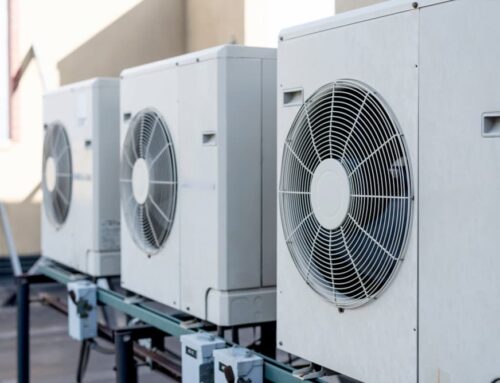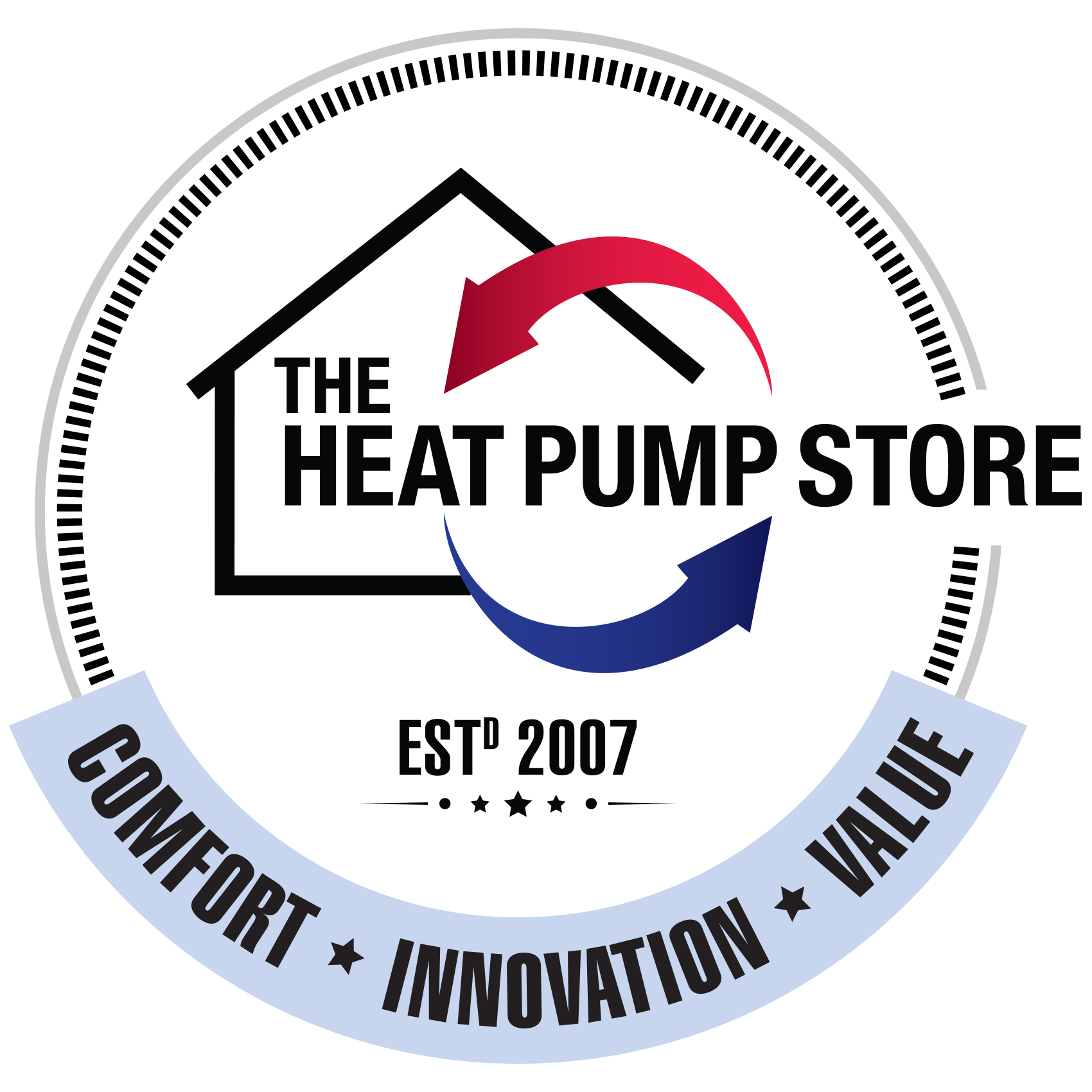Due to the wildfires, many of you are concerned about indoor air quality and whether your ductless system should be used at this time. We’d like to share the answers to a few frequently asked questions about whether it is safe to use your ductless heat pump right now and how to best optimize performance and durability.
Heat Pumps and Their Indoor Air Quality Benefits
Ductless heat pumps come with many benefits:
- Flexible installation process
- Improved operational efficiency
- Lowered heating and cooling costs
Perhaps the most important benefit, though, is the improved air quality. As discussed in the last section, to reduce the number of pollutants in a building, you ideally want to reduce the amount of air brought into a building while also stymying the transmission process throughout the building.
The ductless heat pump does this through its ingenious design. Because it works more like a refrigerator than a traditional HVAC system, a ductless heat pump does not need to bring in warm air to help keep a building warm. Instead, the ductless system draws the heat from the air using refrigerants. The heat itself, not the air, is then brought inside to help warm the building’s interior.
Because there are no ducts with this system, there’s no way for contaminated air in one room to be transferred to another through ductwork. Without ductwork, there’s also no ducts for dust, mold, or pet dander to gather and then be dispersed through a series of vents.
While this doesn’t eliminate some of the indoor sources of indoor air pollution, the ductless heat pump system won’t serve as a dispersal system. This helps keep contaminants and pollutants contained until they can be reduced or eliminated.
The Health Effects of Indoor Air Quality
When we’re exposed to indoor air pollution, our health suffers. We can experience these effects in several ways:
- Asthma
- Cancer
- Coughing
- Dizziness
- Eye, nose, and throat irritation
- Fatigue
- Headaches
- Heart disease
- Respiratory disease
If multiple occupants are experiencing any of the above health concerns, with the symptoms lessening as they leave the building, this is an indication that the building’s health quality may be poor. Further, while some of these conditions may be more grave than others, repeated exposure to indoor air pollution can cause health effects to increase in both frequency and intensity, and even a single exposure can be enough to initiate an attack.
Further, scientists have discovered strong links between these common indoor air pollutants and several serious health concerns:
- Carbon monoxide can be lethal, even if only exposed for a short time
- Pollutants like mold, tobacco smoke, and other allergens can cause asthma triggers
- Radon is the leading cause of lung cancer in non-smokers
To combat these pollutants, your building needs to reduce the amount of air brought inside, while also reducing the transmission of the pollutants from room to room. This can be difficult to do with a typical HVAC system, which brings us to the ductless heat pump.
Do Heat Pumps Bring in Outside Air?
Your ductless heat pump does NOT bring in outside air – it recirculates the air inside of your home, running the air through a filter and over a coil. If you have a ducted HVAC system, these contaminants can enter through your ventilation system. Even gaps or cracks in the foundation or walls can serve as an access point for pollutants.
So, it’s with relative ease that outdoor pollution turns into indoor pollution. Smoke, whether from chimneys, cooking grills, fire pits, or even wildfires, can gain entry to your home, decreasing the quality of indoor air.
People who have previously dealt with issues like contaminated groundwater or cracked water pipes have likely dealt with lessened indoor air quality. These entry points allow volatile chemicals to be dispersed throughout the home during baths, showers, and cooking.
If outdoor pollution wasn’t pernicious enough, sometimes we serve as our own sources of indoor air pollution. Dirt, dust, and other contaminants can cling to our clothes, shoes, and skin. So, when we enter our home, we may be bringing uninvited guests with us.
Is It Bad to Run My Heat Pump During a Wildfire?
No, it is actually beneficial to continue to run your ductless heat pump system. Continual air movement means continual filtration.
To optimize the filtration system, make sure your filters are always clean. You may want to check and clean your filters more frequently during this time.
To clean your filters, first, make sure your system is turned off. Then open the front cover of your indoor unit and pull out the mesh filters. To clean the filters you can tap them off outside, vacuum them, or even run them under warm water. If you choose to use water you must make sure that the filters are 100% dry before you put them back in.
Your outdoor unit does not contain filters.
Can Smoke or Ash Damage My Filters? When Should I Buy Replacement Filters?
The primary mesh filters in your system never need to be replaced unless they somehow become torn. These filters should last for the life of your system. Keeping these filters clean is the most important thing you can do to care for your indoor air as well as your equipment.
Many systems also contain small secondary filters that are designed to deodorize the air. These are not designed for filtering particles and will not help with smoke. Manufacturers’ recommendations for replacement of the secondary filters vary by manufacturer and by the system. The jury is still out on the effectiveness of these secondary filters and whether or not they should be replaced. If you are interested in replacing secondary filters please call our office and we are happy to obtain quotes from our manufacturers for these secondary filter product replacements.
Will Smoky Air Damage My Heat Pump System?
No, you will not damage the system. The outdoor unit of your ductless heat pump is robust and can withstand ash and small debris. When the smoke and ash have cleared, you may want to give your outdoor unit a quick rinse with a hose.
The Importance of Indoor Air Quality
Air is air, and just as it’s important that the air we breathe when we’re outside is clean, the same must be true of the air inside. That’s not a controversial premise, yet we often find disregard for the quality of the air inside our homes, schools, and businesses. This may simply be because we tend to feel safer inside, yet our vigor for maintaining high-quality air both inside and out must be maintained.
Poor air quality tends to affect those typically seen as most vulnerable to changes to their environment. This population includes infants, young children, older adults, and those already dealing with heart or lung issues. Unfortunately, these groups are more likely to spend time inside, where pollutant concentration levels can be two to five times that of outdoor levels.
This focus on indoor air quality also stems from an increase of pollutants and contaminants caused by a variety of factors:
- Growth in the use of personal care products
- Increased use of synthetic building materials
- Presence of more pesticides and household cleaners inside the home
- Lack of ventilation in buildings
Each of these factors plays a role in reducing the quality of the air inside our homes, schools, or businesses. By better understanding the sources of indoor air pollution, we can begin to take steps to reduce their effect.
Contact The Heat Pump Store for Indoor Air Quality Solutions
If you’re looking to improve your building’s indoor air quality, schedule an appointment online or call (877) 509-2961 today. Additionally you can enroll in our Ductless Care Plan for ongoing maintenance packages.. As the heat pump experts of the Pacific Northwest, we’re ready to walk you through the benefits of the ductless system and get you and those close to you breathing cleaner, healthier air.
If you would like a professional duct cleaning,
From all of us at the Heat Pump Store – Stay safe and stay healthy!
